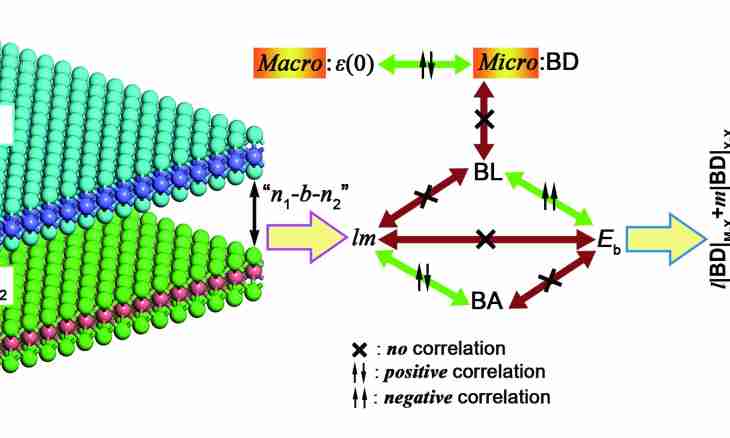The mass of rest of an electron is its weight in a reference system in which this particle is not mobile. From the definition it is clear that the mass of an electron can be a variable depending on its speed.
Specifics of mass of an electron
So, the electron is the elementary particle loaded negatively. Electrons make matter of which all real consists. Let's note also that the electron is fermion that speaks about its half-integer to a back and also has the dual nature because can be both matter particle, and a wave. If its such property as weight is considered, then its first essence is meant.
The mass of an electron has the same nature, as the mass of any other macroscopic object, however everything changes when speeds of the movement of material particles become close to the speed of light. In this case the relativistic mechanics showing a superset of classical mechanics and extending to cases of motion of bodies with high speeds comes into force.
So, in classical mechanics the concept "mass of rest" does not exist because it is considered that body weight will not change at its movement. This circumstance is confirmed as well by the skilled facts. However this fact is only approach in case of small speeds. Small speeds are meant as speeds much smaller in size here, than the speed of light. In a situation when the speed of a body is comparable at the speed of light, the mass of any body changes. An electron – not an exception. Moreover, this regularity has the sufficient importance for microparticles. It is proved by the fact that in a microcosm such high speeds at which changes of weight become noticeable are possible. And in microcosm scales this effect occurs continuously.
Increase in mass of an electron
So, at the movement of particles (electron) with relativistic speeds their weight changes. And, the more particle speed, the is more also its weight. At aspiration of value of speed of the movement of a particle to the speed of light weight it strives for infinity. In a case when the speed of a particle is equal to zero, weight becomes to an equal constant which is called the mass of rest, including the mass of rest of an electron. The reason of this effect is in relativistic properties of a particle. The fact is that the mass of a particle is directly proportional to its energy. The same, in turn, is directly proportional to the sum of kinetic energy of a particle and its energy in the based state which comprises the mass of rest. Thus, the first member in this sum leads to the fact that the mass of a moving particle increases (as a result of energy change).
Numerical value of mass of rest of an electron
The mass of rest of an electron and other elementary particles is usually measured in electronvolts. One electronvolt is equal to the energy spent by an elementary charge for overcoming potential difference in one volt. The mass of rest of an electron is equal in these units to 0.511 MeV.
